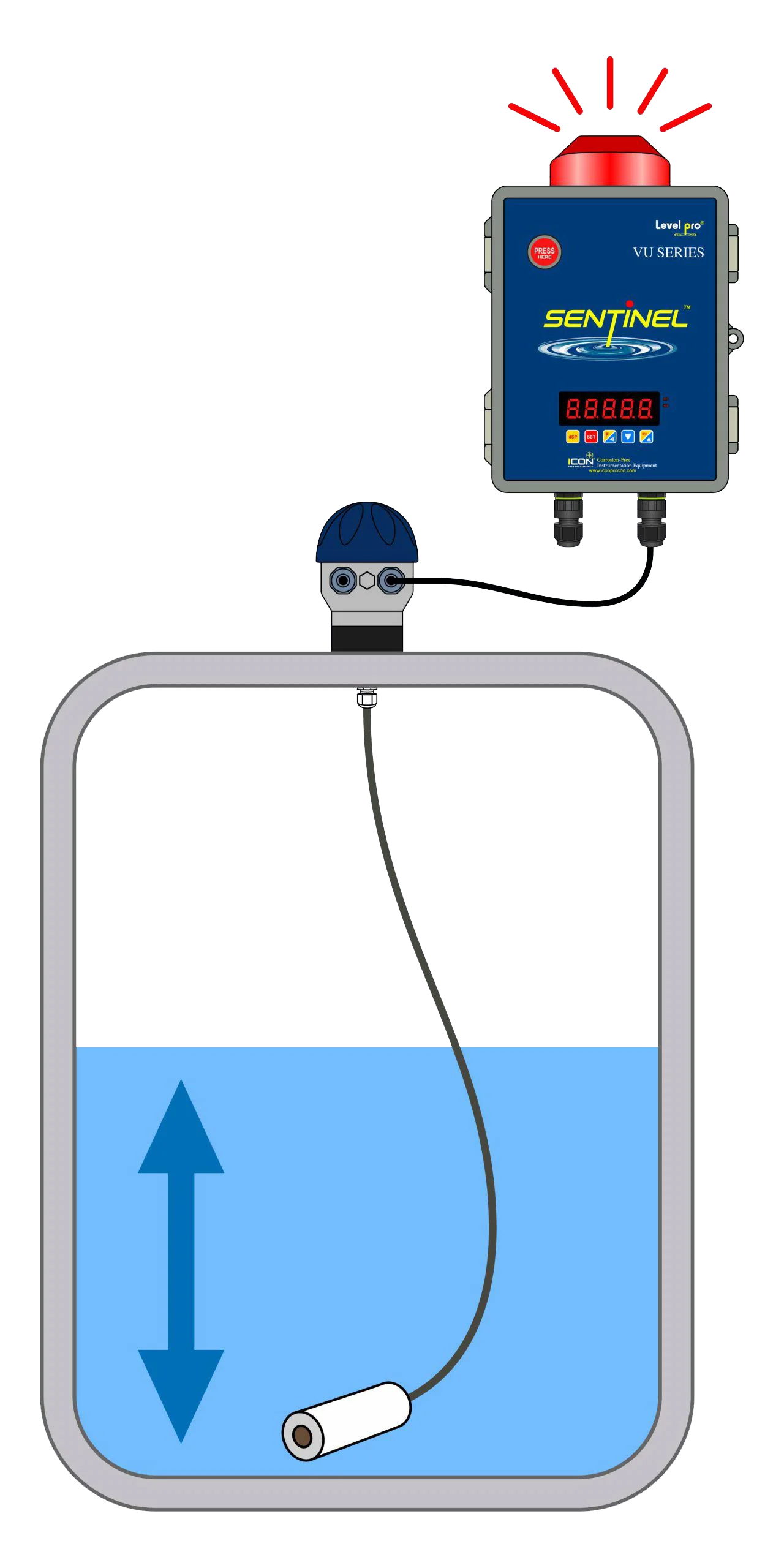Submersible Level Sensor – Best Acid Tank Level Sensor

Acid tank level sensors are used to measure the level of acid in tanks or other containers. They are specially designed to withstand the harsh conditions of measuring acidic liquids, which can be corrosive and abrasive. There are several different types of acid tank level sensors, but submersible sensors are considered to be the best choice.
Submersible acid tank level sensors are sensors that are designed to be submerged in the acid. They are typically made with durable materials such as stainless steel or other corrosion-resistant materials to withstand the corrosive properties of the acid. They can be used to measure the level of a wide range of acidic liquids, including sulfuric acid, hydrochloric acid, and nitric acid.
Submersible acid tank level sensors can work in one of two ways:
- Contacting: These sensors come in contact with the acid and use the buoyancy force of a float to detect the acid level. As the acid level rises or falls, the float also moves up and down, which causes a change in the resistance, capacitance or other physical properties of the sensor. This change is then used to determine the level of the acid.
- Non-Contacting: These sensors use ultrasound, radar or other non-contact methods to detect the acid level. They emit a sound or microwave signal that travels through the acid and reflects back from the acid surface. The time it takes for the signal to travel and back is used to calculate the distance to the acid surface, and thus the level.
Submersible acid tank level sensors are easy to install and maintain, and they can be connected to a control system using a variety of communication protocols such as 4-20mA, HART, Modbus, Profibus, etc. Additionally, they are also equipped with advanced features such as temperature compensation and echo-to-echo processing that enable accurate measurement even in challenging environments.
It’s important to note that while submersible acid tank level sensors are considered to be the best choice, it depends on the specific characteristics of the acid and the requirements of the application. It’s always important to consult with an expert to determine the best level sensor for your specific needs. Additionally, when working with acids it’s important to take all the necessary safety precautions to protect people and equipment.
Learn more about level sensors
Please contact us to discuss your application


